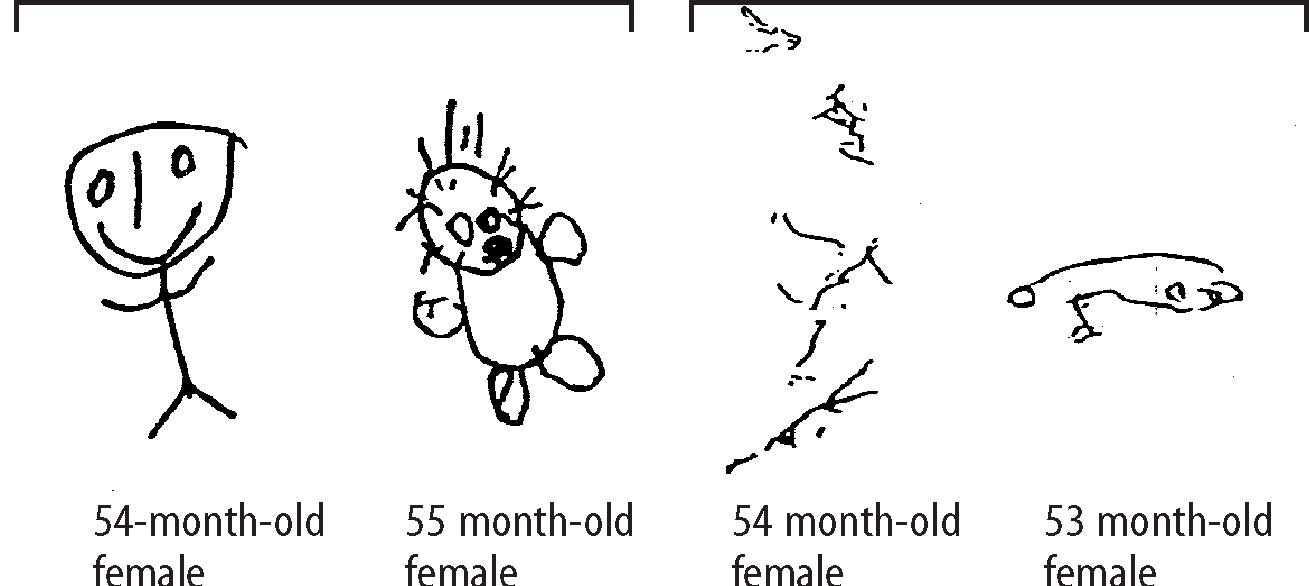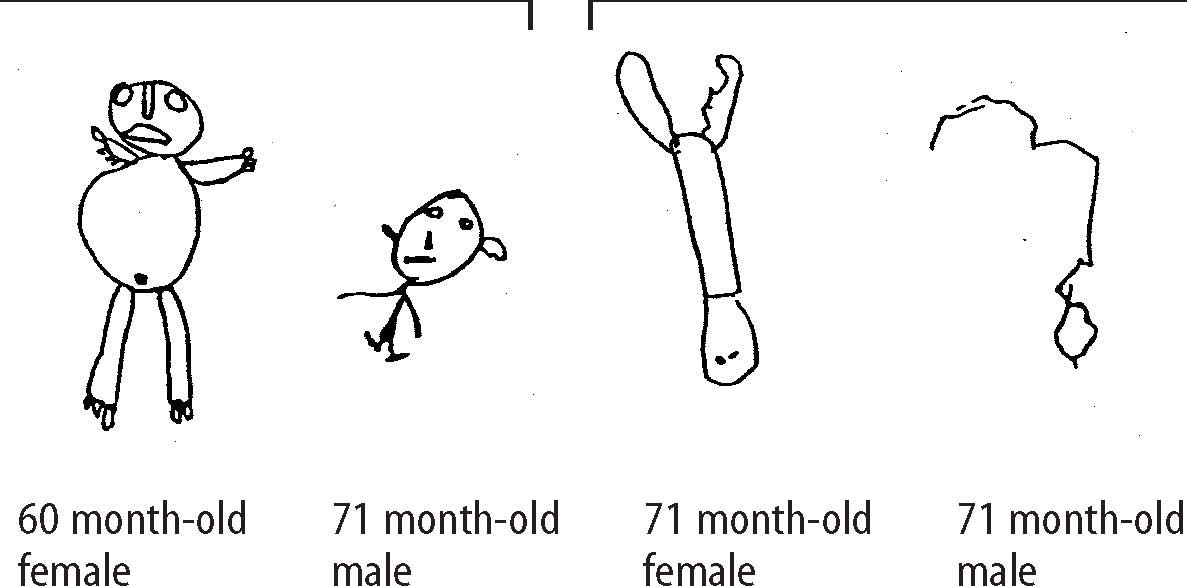 |

|
 |

|
 Back to 2000 2nd Quarter Table of Contents
Back to 2000 2nd Quarter Table of Contents
It is safe to conclude that sooner or later most people will suffer with some form of disease. Will it be the result of tox-ins in the air we breathe, the food we eat and the water we drink? (Incidentally, a toxin is basically any substance that cre-ates irritating and/or harmful effects in the body, undermining our health or stressing our biochemical or organ functions.) Could it be that we are consuming too many pes-ticides, smoking too much tobacco, drink-ing too much alcohol, ingesting too much lead and other noxious factors? What would happen if these toxins were eliminated? Would lung cancer van-ish among smokers? Would favorable cog-nitive changes arise in children following the elimination of lead? The answers are a resounding yes! Chemicals The most alarming of all man’s assaults upon the environment is the contamina-tion of the air, earth, rivers and sea with dangerous and even lethal materials. Chemicals sprayed on croplands or forests or gardens lie long in soil, entering into liv-ing organisms, passing from one to another in a chain of poisoning and death. The chemicals to which life is asked to make its adjustment are no longer merely the calcium, silica, copper and all the rest of the minerals washed out of the rocks and carried in rivers to the sea; they are the synthetic creations of man’s Inventive mind, brewed in his laboratories, and hav-ing no counterparts in nature. The new toxins come from our labs in an endless stream; almost 500 annually find their way into actual use in the United States alone.1 Every human being is now subjected to contact with dangerous chemicals from the moment of conception until death. All 1. Director of Reasearch. Clayton College of Natural Health Birmingham, Alabama. this has come about because of the sudden rise and prodigious growth of an industry for the production of man-made or syn-thetic chemicals with insecticidal proper-ties. What sets the new synthetic herbicides apart is their enormous biological potency. They have immense power not merely to poison but to enter into the most vital proc-esses of the body and change them in threatening and often deadly ways. Thus, they destroy the very enzymes whose func-tion is to protect the organism from harm, they block the oxidation processes from which the body receives its energy, they prevent the normal functioning of various organs and they may initiate in certain cells the slow and irreversible change that leads to malignancy. Yet more and more deadly chemicals are added to the list each year and new uses are devised so that contact with these materi-als has become practically worldwide. The production of synthetic pesticides in the United States soared from 124,259,000 pounds in 1947 to 637,666,000 pounds in 1960 more than a fivefold increase. Responsible public health officials have pointed out that the biological effects of chemicals are cumulative over long periods of time and that the hazard to the indi-vidual may depend on the sum of the ex-posures received throughout his lifetime. For these very reasons the danger is easily ignored. It is human nature to shrug off what may seem to us a vague threat of fu-ture disaster. A wise physician, Dr. Rene Dubos, says, “Men are naturally most im-pressed by diseases which have obvious manifestations, yet some of their worst enemies creep on them unobtrusively.” And, there is no argument that high levels of lead contribute to serious health problems. Lead can easily enter the system through food, water and air. It is now be-coming increasingly evident that lead levels heretofore considered low may be associated with obvious and serious clinical problems. Lead exposure is an important public health issue. Because millions of American children are believed to have el-evated blood lead levels, screening programs for childhood lead exposure have been established by the Centers for Disease Control and Prevention. In 1984, as many as three to four million children were estimated to have blood lead levels greater than 0.72 μmol/L, and even lower levels of lead exposure have been associated with adverse neurophysiologic development.2 Needleman and his colleagues,3-4 indicate that low-level lead exposure can result in serious mental and behavioral problems, These effects may manifest in a higher risk of dropping out of high school, reading dis-ability, poorer class standing, increased absenteeism, and lower vocabulary and grammatical reasoning scores. These serious findings are disturbing not only in their social implications but in the permanent neurologic damage they represent. According to the Centers for Disease Control, among lead’s most insidious effects is its poisoning of the developing nervous system, as measured by a decrease in the IQs of kids with even low level lead exposure. For the nation, 81% of the total IQ loss occurred among children with suboptimal lead levels, children who were probably asymptomatic and identifiable only by screening. It may be possible that the problem is not the need for more schools, teachers, or sophisticated equipment but healthier kids! There are many other man-made tox-ins such as alcohol and tobacco which are recognized as big problems. Traditional medicine has attempted to deal with the alcoholic by referring them for group therapy through Alcoholics Anonymous. For tobacco, our RDAs have been changed to suggest that the smoker needs more vitamin C. However, there are also toxins which have received less interest such as the use of amalgam as a filling material. There are many man-created toxins that time and space will not allow us to focus on here that interfere with the air we breathe, the water we drink and the food we eat. Possible Solutions Clearly, the major answer is one of prevention. We should avoid contaminated food. More judicious and careful use of insecticides must be employed. Detoxification in all its ramifications may be part of the story. We now have chains of health food stores attempting to solve some of our problems through education and the distribution of less contaminated foods.5-6 Since alternative medicine is less toxic than current medications, naturopathic principles should be considered as a possi-ble answer to the air we breathe, the water we drink and the food we eat. Summary and Conclusions A landmark study of preschool children, who were exposed to pesticides from birth and matching children who were not, was published in June 1998.7 Both groups of Mexican children are Yaqui Indians, having the same genetic background, plus the same dietary and other cultural habits, thus eliminating the usual confounding variables, which can make impossible the study of pesticide effects in people. The Indians in the Yaqui valley had used pesticides since the 1940s, whereas those in the foothills had avoided their use. “Functionally, the exposed children demonstrated decreases in stamina, gross and fine-eye coordination, 30-minute memory, and the ability to draw a person (Figures 1 and 2, p. 62).” These few examples cited here coupled with other reports,8-9 emphasize the difference between traditional thinking and the new medicine of the millennium. References
61 Journal of Orthomolecular Medicine Vol. 15, No. 2, 2000
Figure 1. Representative drawings of a person by 4-year-old Yaqui children from the valley and foothills of Sonora, Mexico. Differences in drawing ability at the same age between exposed and unexposed children were astonishing. Foothills Valley  Figure 2. Representative drawings of a person by 5-year-old Yaqui children from the valley and foothills of Sonora, Mexico. Foothills Valley  | |||

This website is managed by Riordan Clinic
A Non-profit 501(c)(3) Medical, Research and Educational Organization
3100 North Hillside Avenue, Wichita, KS 67219 USA
Phone: 316-682-3100; Fax: 316-682-5054
© (Riordan Clinic) 2004 - 2024c
Information on Orthomolecular.org is provided for educational purposes only. It is not intended as medical advice.
Consult your orthomolecular health care professional for individual guidance on specific health problems.